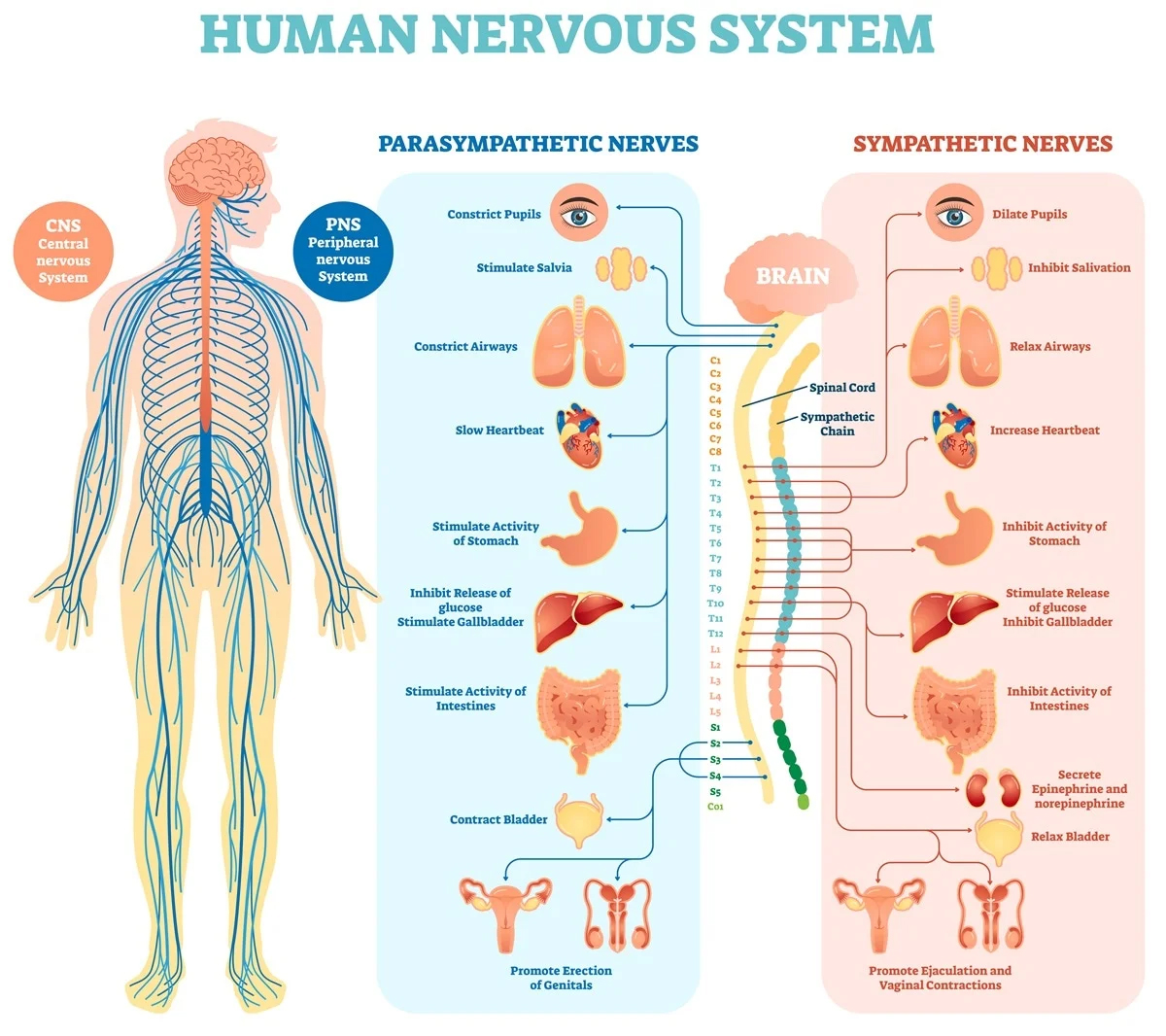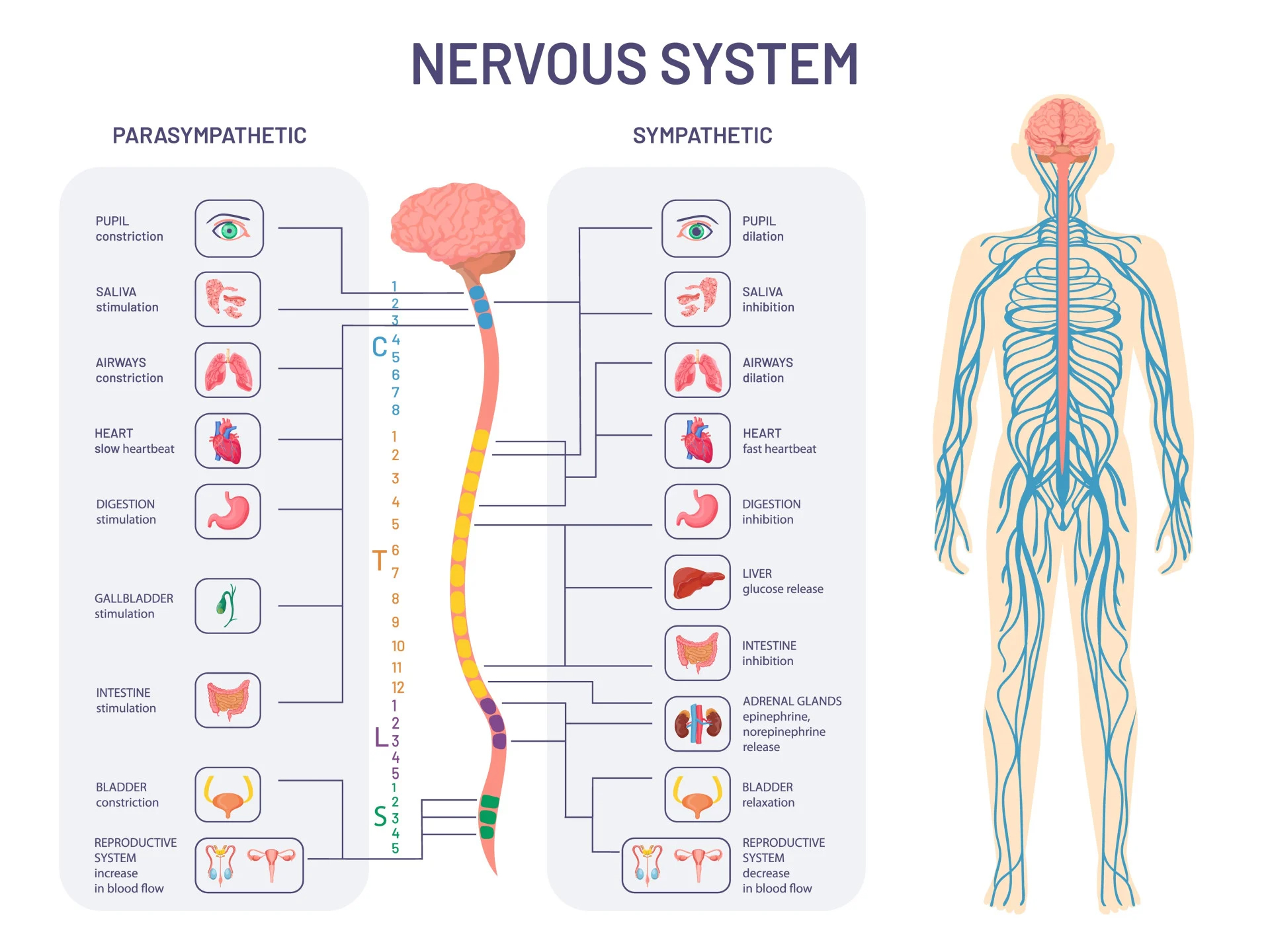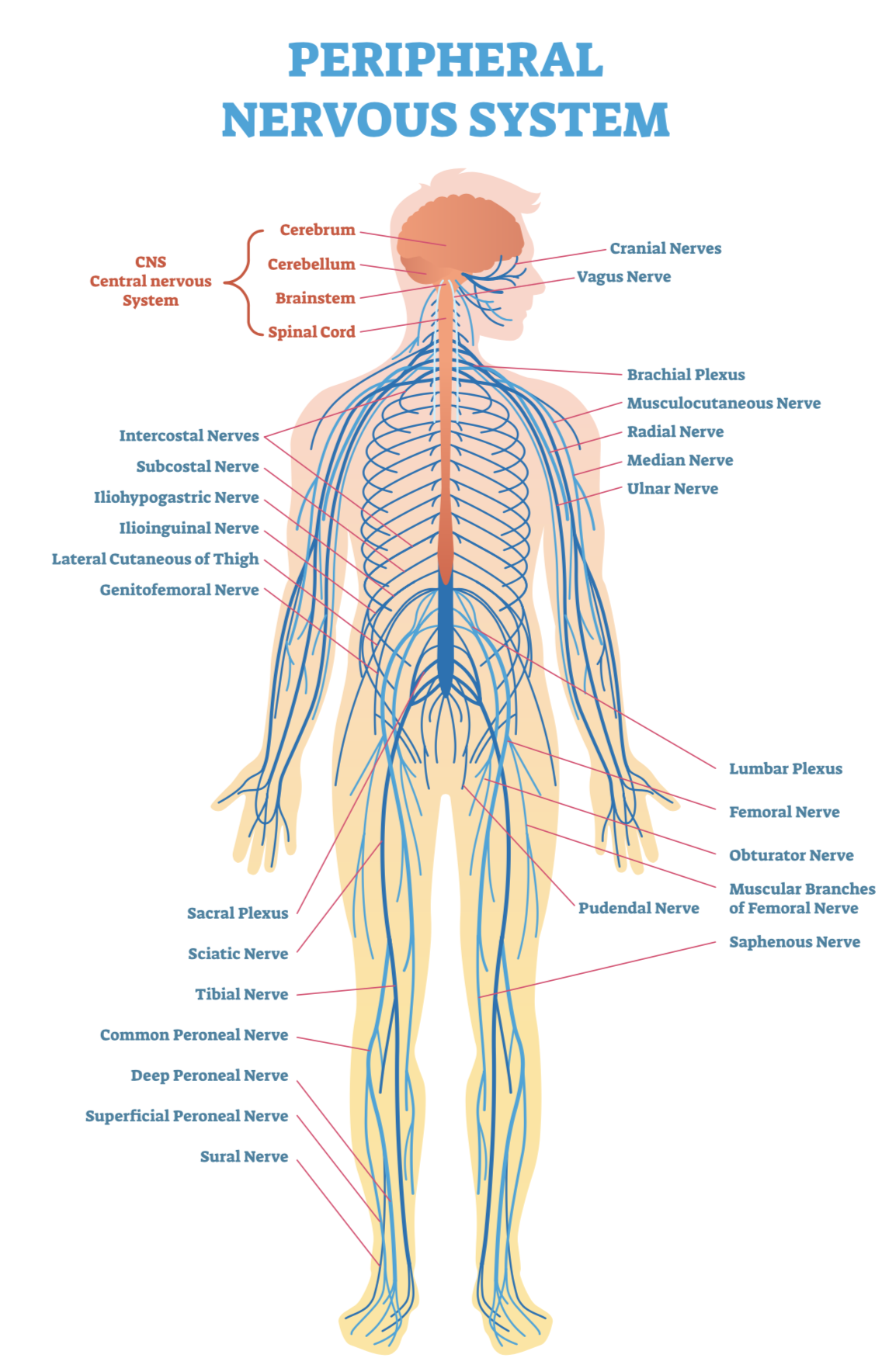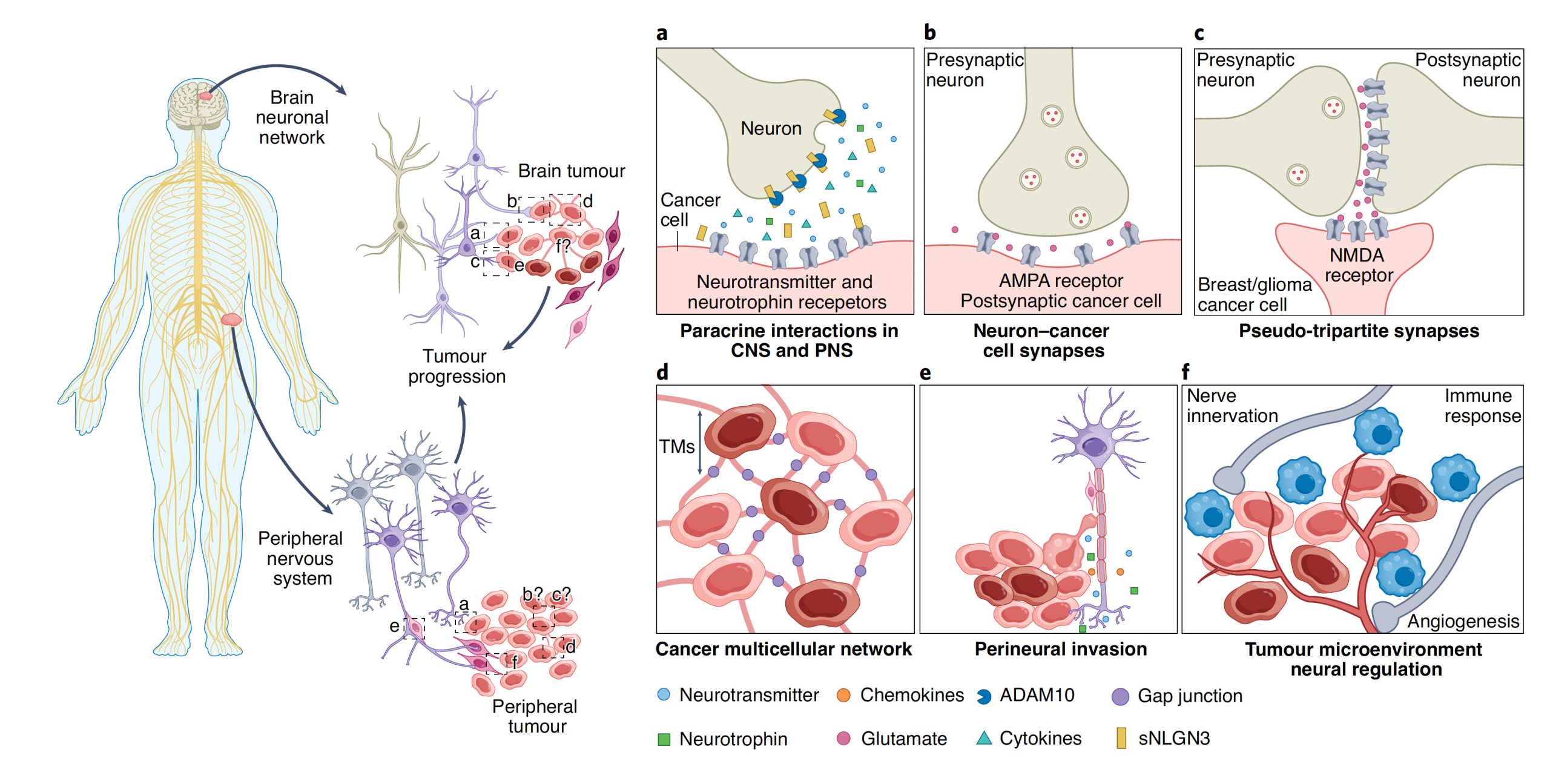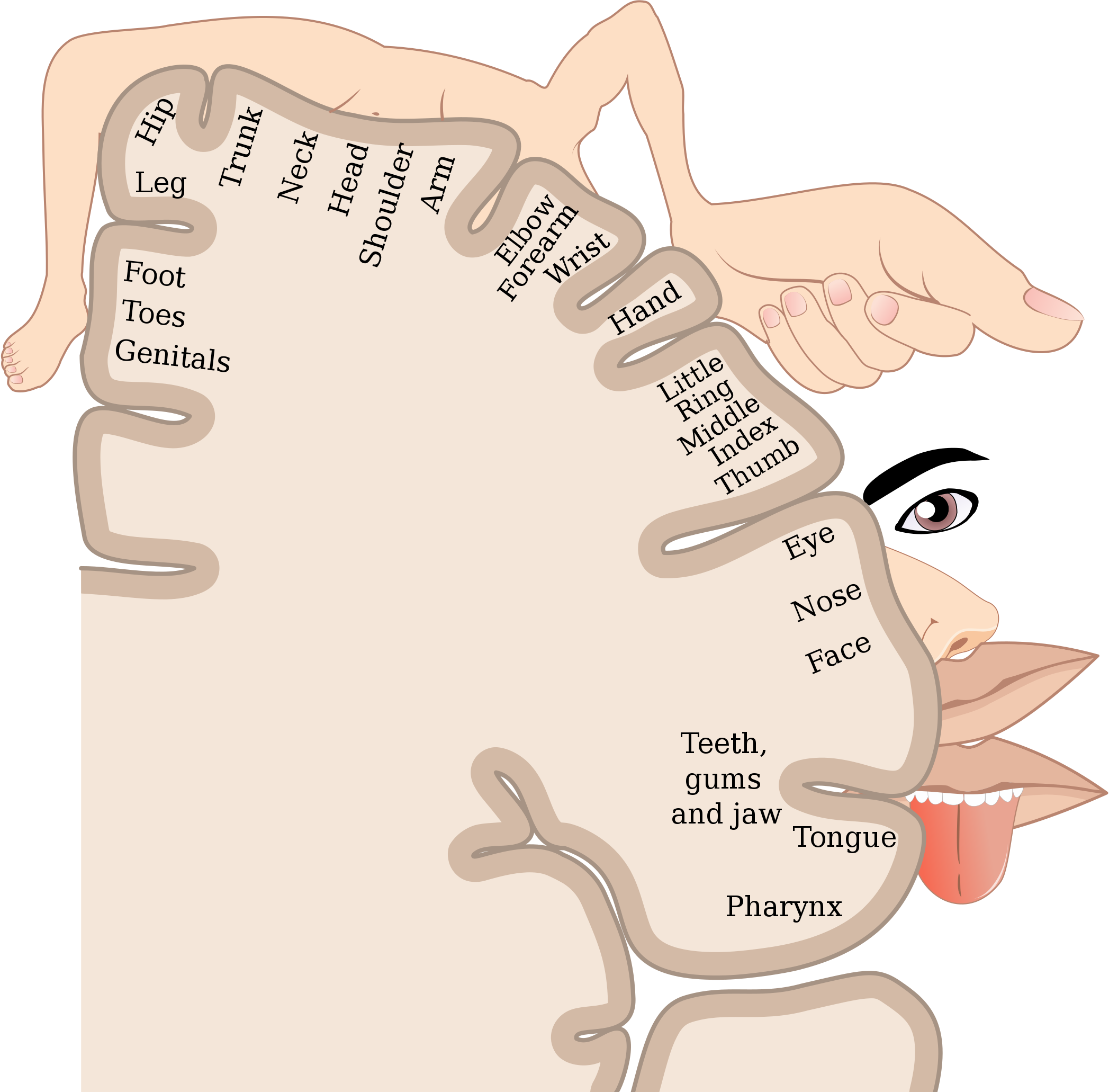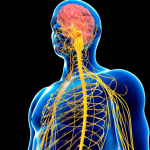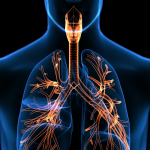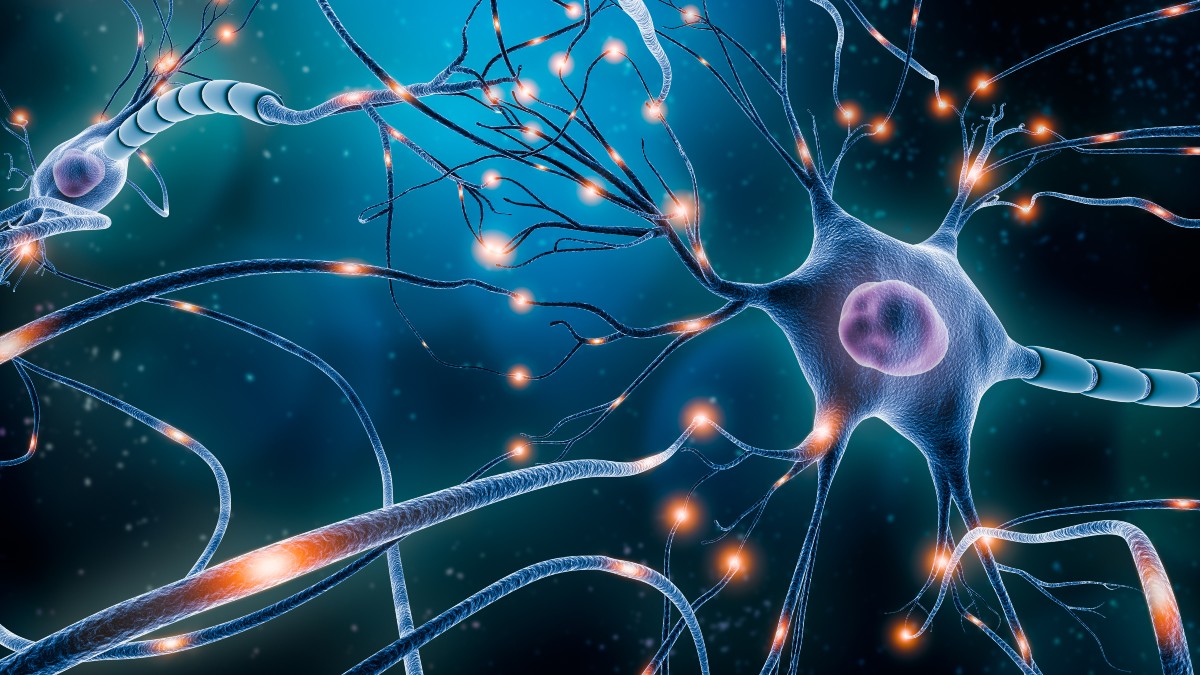
What is the nervous system?
The nervous system is made up of the brain, spinal cord and nerves. It controls much of what you think and feel and what your body does. It allows you to do things like walk, speak, swallow, breathe and learn. It also controls how the body reacts in an emergency.
The nervous system is made up of:
- the central nervous system, or CNS, which consists of the brain and spinal cord
- the peripheral nervous system, or PNS, which consists of nerves that connect the CNS to the rest of the body
The brain is made up of different parts. These include the cerebrum, the cerebellum, the thalamus, the hypothalamus and the brainstem.
The spinal cord carries motor and sensory signals between the brain and nerves. It also contains separate circuits for many reflexes.
Peripheral nerves carry messages between the brain and other parts of the body. Nerves have different kinds of pathways within them:
- Motor pathways carry messages from the brain to the muscles so you can move.
- Sensory pathways detect things such as light and sound and carry information about these to the brain.
The nervous system is mainly made up of cells called neurons. These are responsible for carrying messages to and from different parts of the body. Neurons are connected to each other, and to other cells, by synapses, which carry electrical signals, and neurotransmitters, which are the body’s chemical messengers.
What does the nervous system do?
The nervous system is responsible for:
- intelligence, learning and memory: your thoughts and feelings
- movement: how your body moves
- basic body functions like the beating of your heart, breathing, digestion, sweating and shivering
- the senses: sight, hearing, taste, touch and smell
A part of the nervous system, called the autonomic nervous system, controls a lot of the body processes we don’t think about, like breathing, sweating or shivering. There are 2 parts to the autonomic nervous system: the sympathetic nervous system, which controls how you respond in an emergency (it makes your heart beat faster and causes you to release adrenaline), and the parasympathetic nervous system, which prepares the body for rest. They work together to manage how the body responds to our changing environment and needs. For example, your pupils will change size to allow the right amount of light into your eyes so that you can see properly.
What are the common diseases of the nervous system?
There are thousands of conditions that start in or affect the central nervous system, including:
- degenerative conditions such as Parkinson’s disease, Alzheimer’s disease and multiple sclerosis
- stroke
- seizure disorders, such as epilepsy
- cancer, such as brain tumours
- infections, such as meningitis
- migraines
- brain injuries and spinal cord injuries
- spinal cord compression (spinal stenosis)
What are the symptoms of nervous-system problems?
There are many different symptoms that could suggest a problem with the central nervous system. They include:
- headaches
- blurry vision
- fatigue
- leg or arm numbness
- loss of coordination, weakness or loss of muscle strength
- slurred speech
- tremors
Other symptoms that might suggest a problem with the central nervous system include:
- emotional problems
- memory loss
- behavioural changes
It is important to seek medical help if you have symptoms like these that do not go away on their own.

